[ad_1]
By Sujata Rajpal
When husband suggested Turkey as the destination for our family vacation, my first reaction was ‘is it safe to visit Turkey?’ Interestingly, to whosoever I spoke about our holiday, their first response was the same as mine. Now, after twelve-day vacation in Turkey, I can confidently say that Turkey is as safe as any other ‘safe’ country. Turkey is a country that straddles two continents. Istanbul, Turkey’s largest city with a population of 15 million, lies partly in Europe and partly in Asia. European part of Istanbul is separated from Asian part by the Bosphorus River, a 31-km waterway which connects Black Sea with the sea of Marmara and forms a natural boundary between the two continents.
Islam is the largest religion in Turkey. I was expecting to find myself amongst Hijab and Burqa-wearing women, so I had carried a scarf to avoid being the odd one out on a foreign land, but in my entire trip, I spotted only a handful of elderly women in Hijab in a country whose 98% population is Muslim. Hijab and burqas are banned in public places in Turkey. The women in Turkey wear western clothes like in other western countries. Turkey is a secular nation. Polygamy was abolished and officially criminalised with the adoption of the Turkish Civil Code in 1926. Education up to secondary level is free and compulsory.
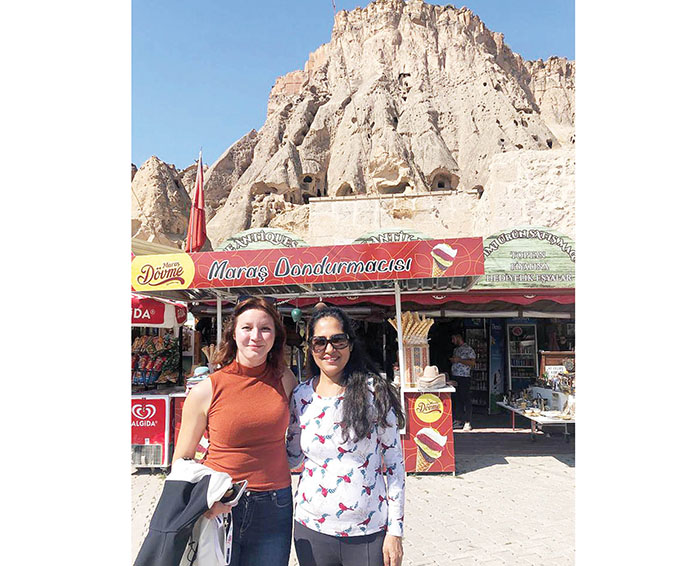
Istanbul: One can’t have enough
Oman airways arrived at Istanbul Airport at 7 pm local time. One hour ride in the luxury van organised by our hotel, quick check-in and we were ready to explore Turkey. There are hotels to suit all budgets, but post Covid the tariffs have gone up exponentially. We were advised to stay on the European side of Istanbul as most of the tourist attractions are on this part of the city. Our hotel was on the bank of Bosphorus River and bang opposite the tram station.
Istanbul has so much to offer that one needs at least a week to see everything at leisure. Istanbul tourist pass purchased online in advance provided access to about forty tourist attractions in the city. The following morning after a breakfast, we set out for Galata Tower. The medieval stone tower which extends 63 metres into the sky was used as a watch tower in olden times. Overlooking the Bosphorus River, it provides a 360-degree panoramic view of Istanbul. One can clearly see the European and Asia sides merging.

An hour later, we were walking towards Topkapi Palace Museum. This magnificent Palace was the primary residence of the Ottoman Sultans for nearly 400 years. Turkey’s culture has a diverse set of oriental and European elements and is influenced by Greeks, Arabs, Persians, Armenians, Georgians, and Kurds. The Palace has a unique collection of weapons of the Ottoman Army, beautiful fabrics, jewels and art.
A quick lunch and we were in the queue to enter Hagia Sophia mosque, the most visited monument in Turkey. In mosques, women are expected to cover their head and wear decent clothes. So carry a scarf if you are going to a mosque but if you forget to carry one, just like in Gurdwaras in India, the scarves are kept for use outside the mosques. Hagia Sophia was first a cathedral of Constantinople and later an imperial mosque of the Ottoman empire; here 1,500 years of Christian and Islamic history can be seen side-by-side. In July 2020, it was reclassified as a mosque and open for prayers. Istanbul has 4,000 mosques and the tourists, including non-Muslims, are allowed in all the mosques. We took the tram back to our hotel and got ready for Bosphorus dinner cruise which too came complementary with Istanbul tourist pass.
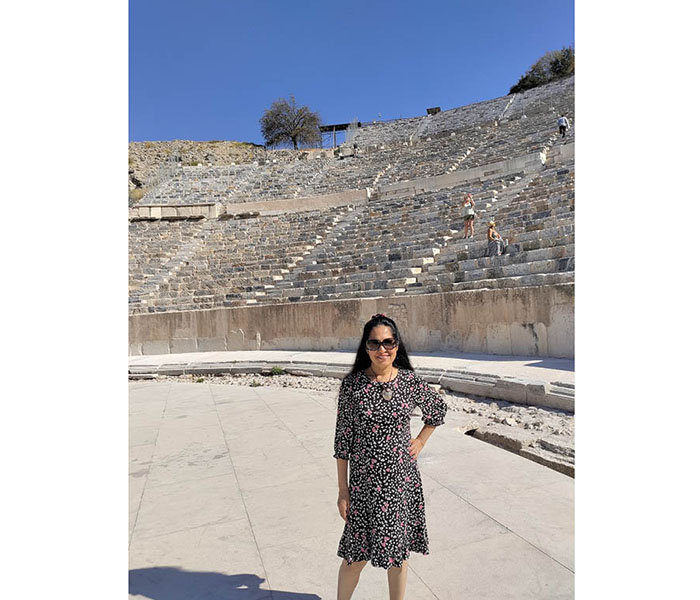
Because the first day was hectic, we decided to make Day 2 more relaxed. The first stop was Basilica Cistern. After an hour and a half in Basilica, we walked to the Blue Mosque cruising through the crowds following the red flag of our guide.
Dolmabahce Palace was a thirty minute walk from the Blue Mosque, we decided to take the tram and tagged along with our guide who was too eager to belt out information about Turkey. She said she had to study for four years to become a certified guide. The grand Dolmabahçe Palace was the last and most expensive residence of the Sultans of the Ottoman Empire. Set along the beautiful waters of the Bosphorus, it has 285 rooms, 44 halls, 68 toilets and six hammams (Turkish baths). There were many exotic furnishings, artworks and other priceless treasures on display. When we visit any palace, comparisons with our own Mysore Palace are obvious. Not trying to be biased but the magnificence and beauty of Mysore Palace surpasses the grandeur of all the palaces I have seen around the world.
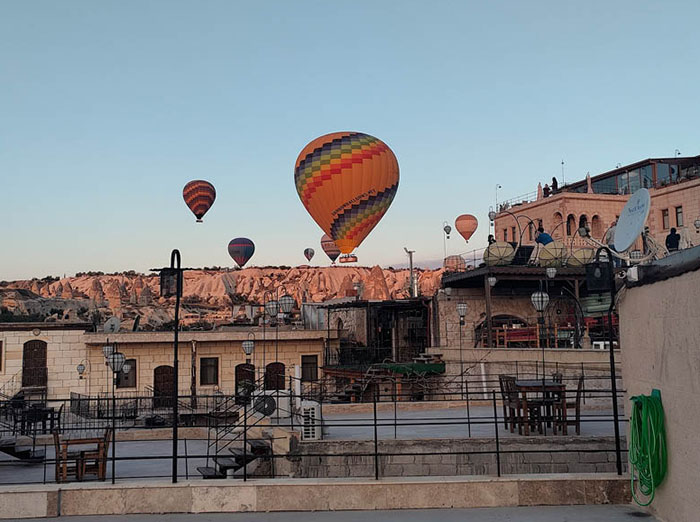
Driving on Turkey roads is a breeze
Travelling is not difficult in Turkey as there is air connectivity, excellent roads and good public transport. In Turkey, hire only metered taxi, else there are chances that you would be fleeced. Taking a taxi was cheap even as per Indian standards.
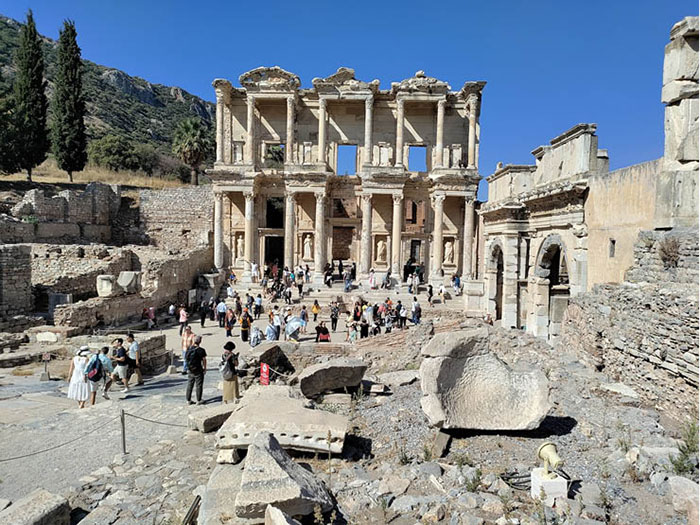
Cappadocia
Istanbul to Cappadocia was an eight-hour drive with two stops. Air connectivity too is available. Cappadocia is known for its enchanting cave dwellings. Across the region, there were rock faces where communities lived in these caves right up until 1952. In the part of the city where we stayed, there were only cave hotels. It is believed that many years ago due to volcanic explosions, eruptions scattered everywhere and with time it hardened due to oxidation and turned into cave like structures. Not just the cave hotels, the entire area has rustic surroundings which complement the caves. If Cappadocia is in your itinerary then you must stay in these cave hotels. It is also said that in the dim past of early centuries, barbarians used to come and ransack the villages. Hence, people lived underground.
We woke up the next morning and rushed to the roof top to see the sky speckled with colourful balloons flying above the roofs. It was a sight to behold. Cappadocia is known for hot air balloon rides. We didn’t take the ride in Cappadocia; instead we had decided to take one in Pamukalle, our next stop as it was cheaper there. Just like cave hotels, hot air balloon ride too is a must in Turkey.
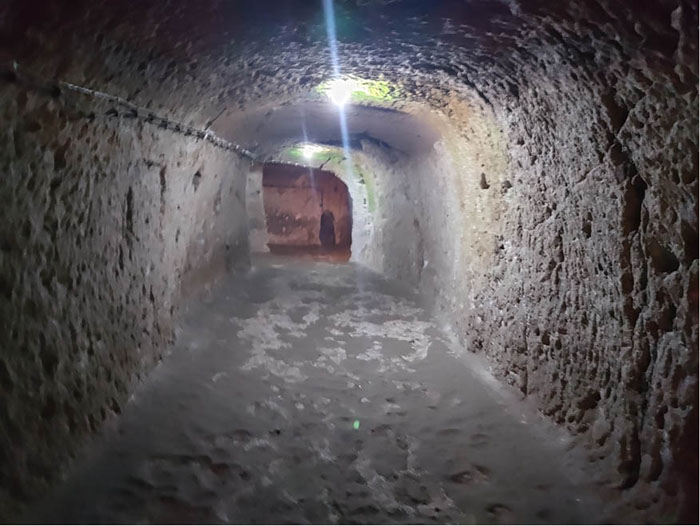
We were in Cappadocia for only one day but the ideal would be two days. There were various options. On popular recommendation, we opted for Green tour. Our guide was a young Turkish girl named Elf (her short name for easy pronunciation) who was extremely enthusiastic about telling us about her country.
We were picked up from our hotel and taken to the Underground city which is a UNESCO site and a must see. The underground city was expanded and deepened in the Eastern Roman (Byzantine) era, when it was used for protection from Muslim Arab raids during the four centuries of Arab–Byzantine wars (780-1180).
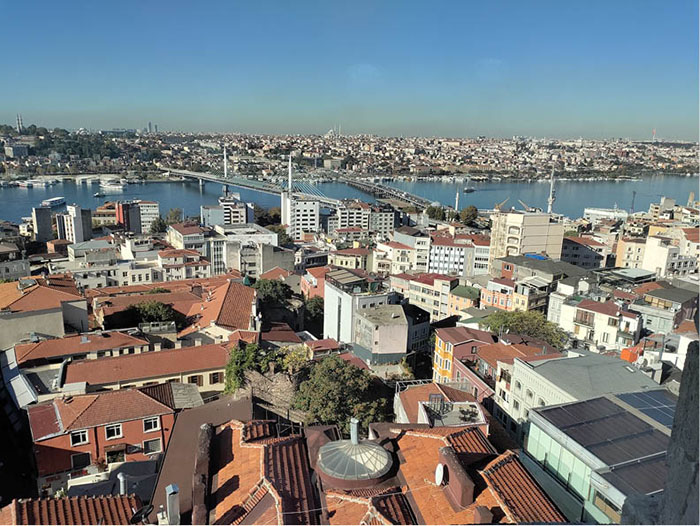
The unforgettable hot-air balloon ride
We were all excited as we had seen the balloons in Cappadocia. The experience exceeded our expectations. Balloon rides start a little before the sunrise. The process of inflating the balloon, turning over the wicker basket for the passengers to get in, the rise of the balloon in the sky was as exciting as the ride itself. Each balloon carries 14 people in addition to the pilot. There were about 20 balloons in the field ready to take off. It was still dark and the air was nippy. If I could capture one moment in my heart from the entire trip, it was this moment. We got into the balloon and it rose over the city, above the pomegranate orchids, sugarcane and pumpkin fields.
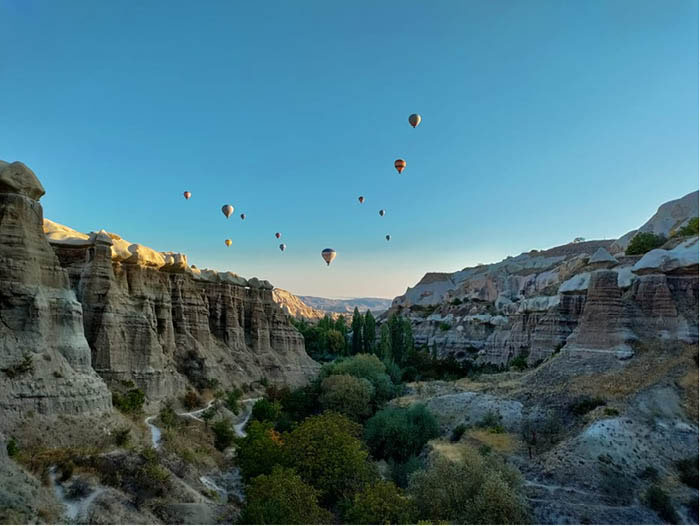
Cats in Turkey: Cats abound the streets of Turkey. They are everywhere — on the streets, inside the lobby of hotels, restaurants, stores, sitting by your table in a restaurant, they sneak in and roam around. People feed them and pet them.
[ad_2]
Source link
